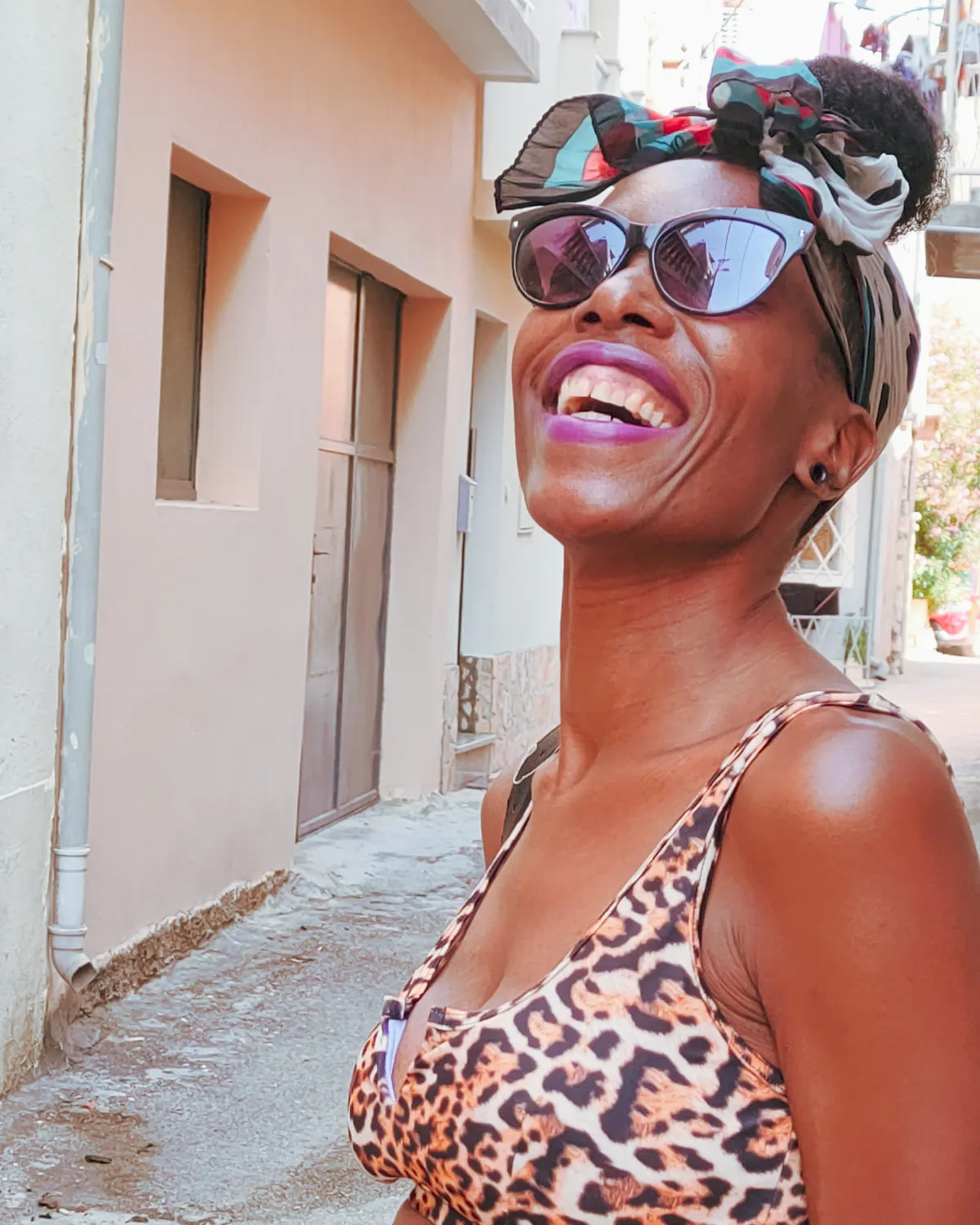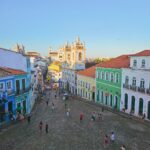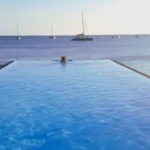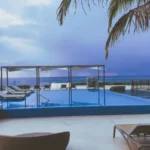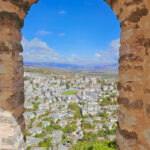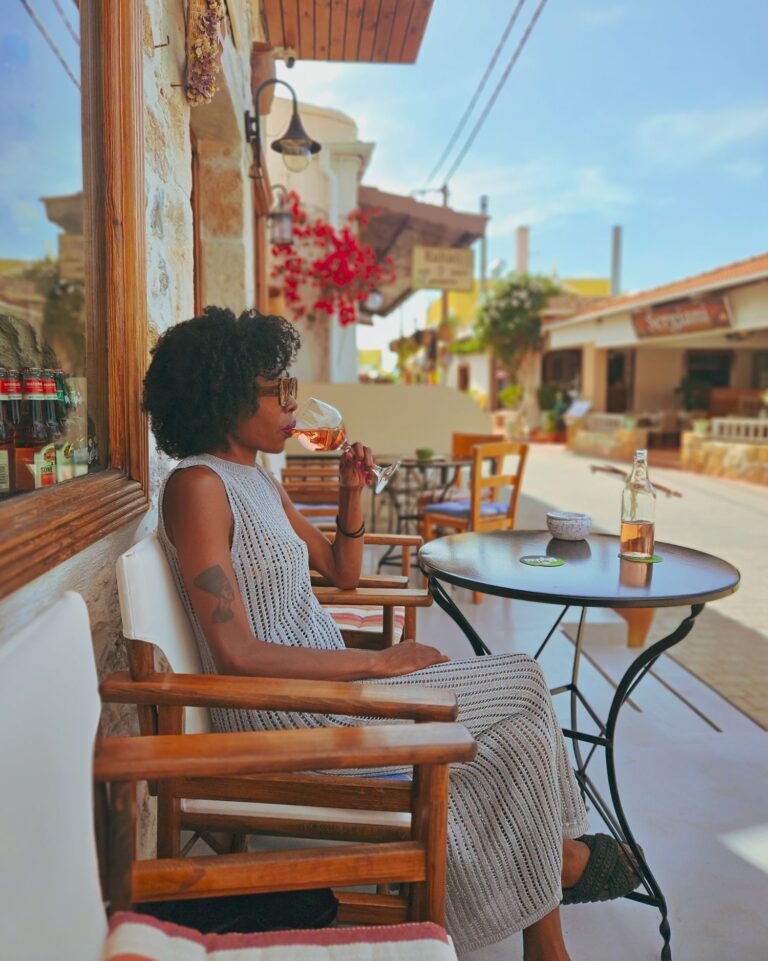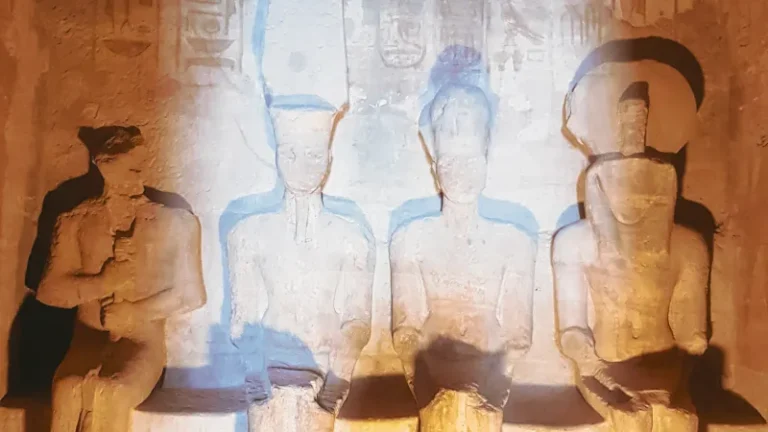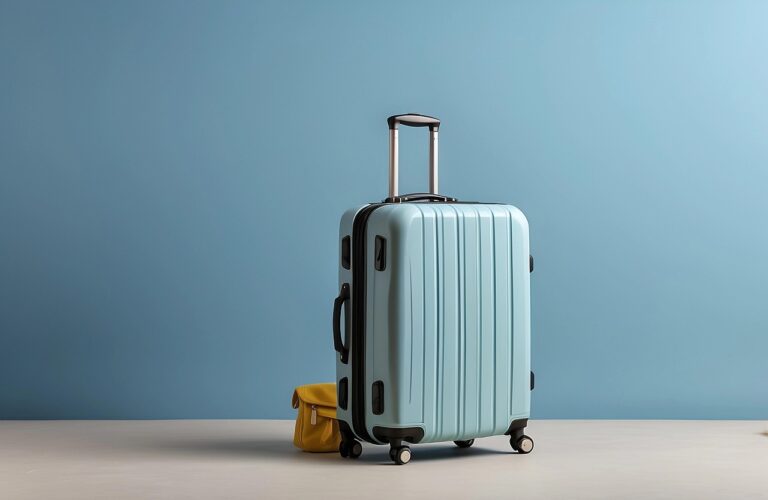
With a reputation as a holiday for “old people” and boring group tours, Madeira has never been on my holiday destination list. However, the travel restrictions of 2020 provided the opportunity to firmly debunk that myth (or, maybe I’m in denial!).
Being a volcanic island, Madeira’s greatest asset is nature. Therefore, it is not the place for a crazy nightlife, but happiness in its rawest form. Its sub-tropical climate, with warm summers and mild winters, also make it an ideal winter-sun option. From hiking trails to water sports, let’s look at 10 of the best things to do in Madeira.
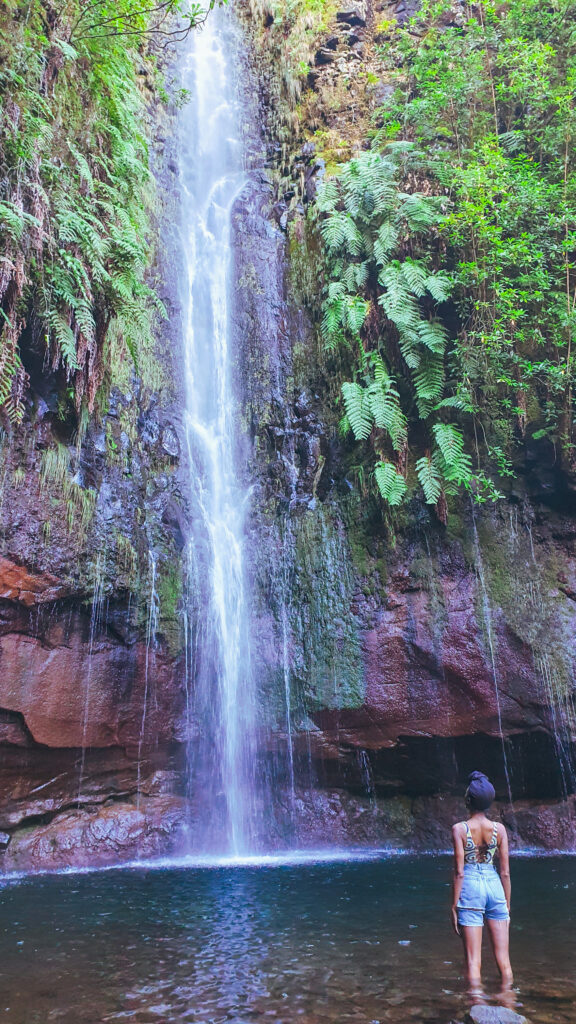
Go Hiking
Unquestionably, the most organic way to reach the island’s most rewarding and dramatic landscapes is to explore Madeira’s countless hiking trails.
The hikes vary in degrees of difficulty and involve walking trails next to canals known as Levadas. This type of water channel, introduced by the Moors to Portugal, brings water from the north to the south.
As a recommendation, Levada das 25 Fontes is one of the island’s most popular Levada walks and relatively easy to undertake. The group of 25 waterfalls are the source of the Levada and, the winding 3-mile path, at times only allowing single file, reveals a wide variety of flora and fauna. Visitors are then finally humbled by a gushing 30m high waterfall with an enticing but cold rock pool that lies at its foot.

Take a ride in the Funchal Cable Car
Departing from Old Town, a ride in the Funchal Cable Car provides panoramic views over the city together with the royal blues of the Atlantic Ocean.
Upon making the steep ascent over Funchal, the aerial views reinforce why it is known as the “garden city”. The sea of terracotta rooftops is equally mixed with forest green, overlooking deep valleys before finally arriving at Monte. Additionally, the return journey also covers the famous and ever-blooming Botanical Gardens.
Not advised if you suffer vertigo, but otherwise offers unrivalled panoramic, atmospheric views over the city.
Cost: €16 per adult return trip or €11 one way.
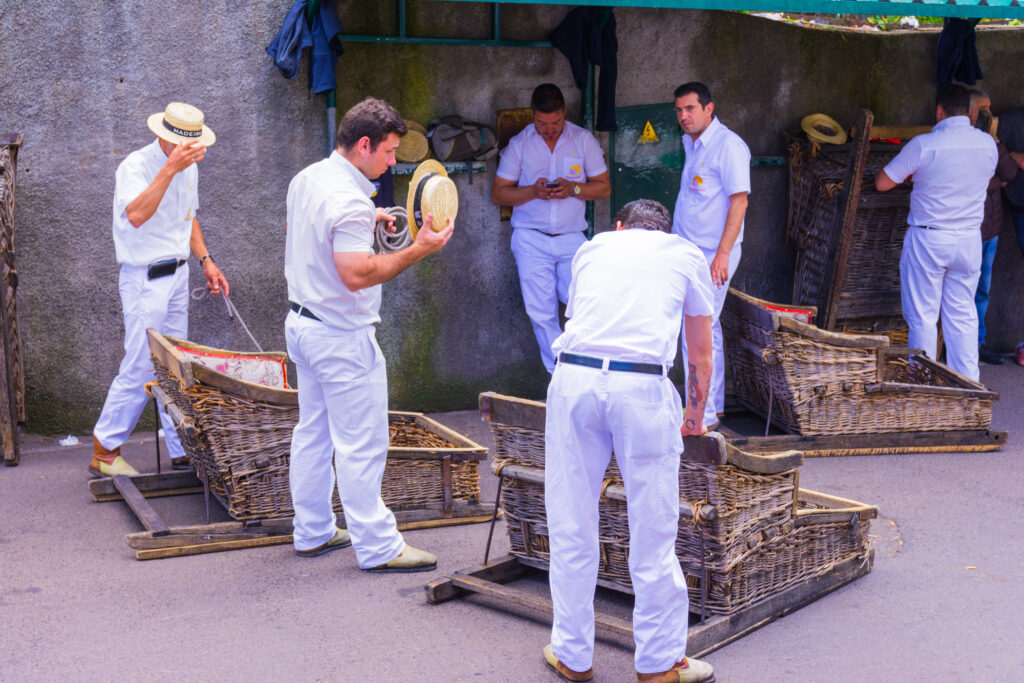
Take a traditional toboggan ride
Instead of taking the cable car back down to Funchal, allow yourself to be transported back in time by taking a traditional toboggan ride.
During the nineteenth century, this mode of transport was used, to speedily transport Monte’s aristocrats to Funchal. Today, it is a common tourist attraction and a fun experience.
While sitting in a wicker basket, two Carreiros – men traditionally dressed in white cotton clothes and straw hats – will propel you, at some speed, 2km downhill. The basket glides on wooden runners, and the Carreiros use their rubber-soled boots as brakes.
Finally, the ride ends in the suburb of Livramento. From here, take a taxi, bus or stroll back to Funchal through the authentic villages.
Cost: €25 per basket.
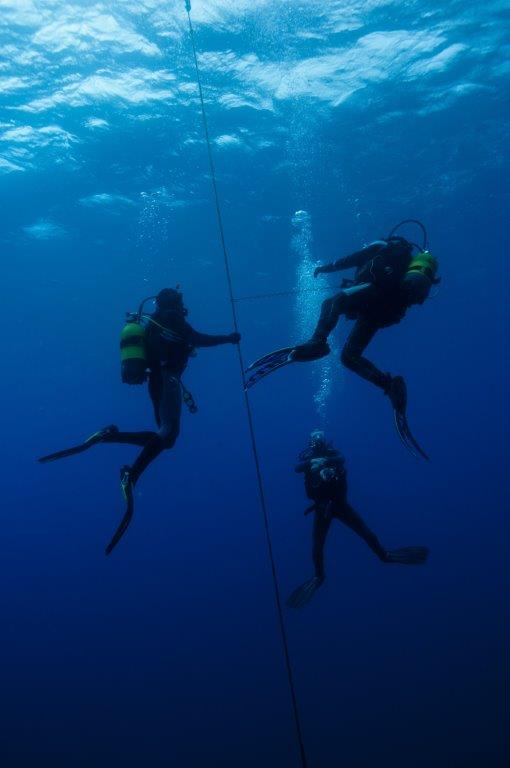
Go Scuba Diving
Owing to its several eco-marine parks and an endless variety of marine flora and wildlife, Madeira is known as one of the best places in Europe to scuba dive.
Once you scuba dive in Madeira’s wild Atlantic, you can scuba dive anywhere (or, so I am told). Any apprehension is soon exchanged for exhilaration when swimming the underwater landscape and observing lobster, sluggishly meandering the ocean’s floor.
In particular, the Garajau Nature Reserve, attracting visitors worldwide, is one of the best places to dive in Madeira. Being the only exclusive marine reserve in Portugal, it offers excellent conditions for diving.
Recommendation: Manta Diving School, located at Sentido Galomar offers direct access to the Garajau Nature Reserve. Furthermore, you can dive right in from the lido of the hotel.
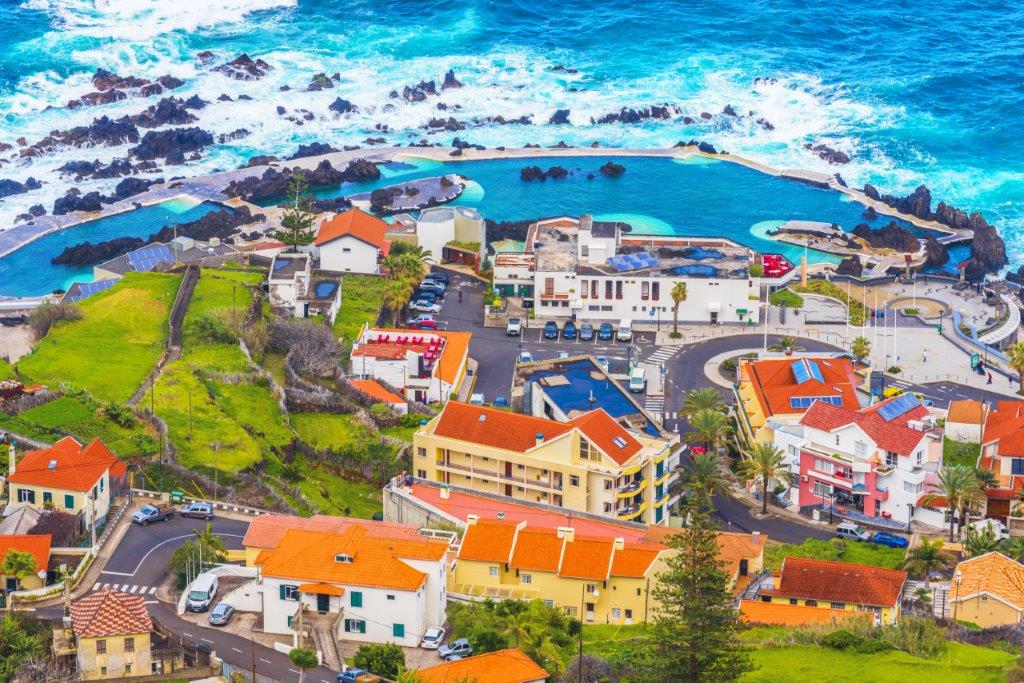
Visit Porto Moniz
There is no doubt that the natural swimming pools, formed by volcanic lava, take centre stage in Porto Moniz. A visit will provide an opportunity to bathe in pools sculpted from volcanic rocks erupted over eons and refreshed with natural saltwater by the ocean’s roaring tide. It is worth noting the constant water change means the temperature can be pretty cold.
Although best experienced when the weather is less adverse, they are still spectacular to watch when the sea is churning.
The pools are accessible for a small fee. Additionally, there are also several free, nearby rock pools not to be missed. When not swimming, enjoy walking along the waterfront, taking in the views from one of the many bars and rooftop restaurants or sunbathing on the local black sand beach.

Visit Câmara de Lobos
Its charm displayed on many a postcard, this traditional yet active fishing village is located three miles from Funchal. The cove, dotted with colourful fishing boats against a backdrop of whitewashed houses, has several cafes and bars, from which to admire its beauty. Taking a wander of the web of streets will offer in return a display of unique pieces of artwork produced from recycled materials.
Câmara de Lobos is also the home of the island’s legendary Poncha. A traditional local drink made from lemon juice, honey and sugarcane spirit, Poncha is available at the many local taverns. The cocktail is a favourite of the fishermen – after which the original is named.
The area’s authenticity and landscape, as well as points of interest such as Pico da Torre and Cabo Girao (discussed below), make it worthy of a visit.
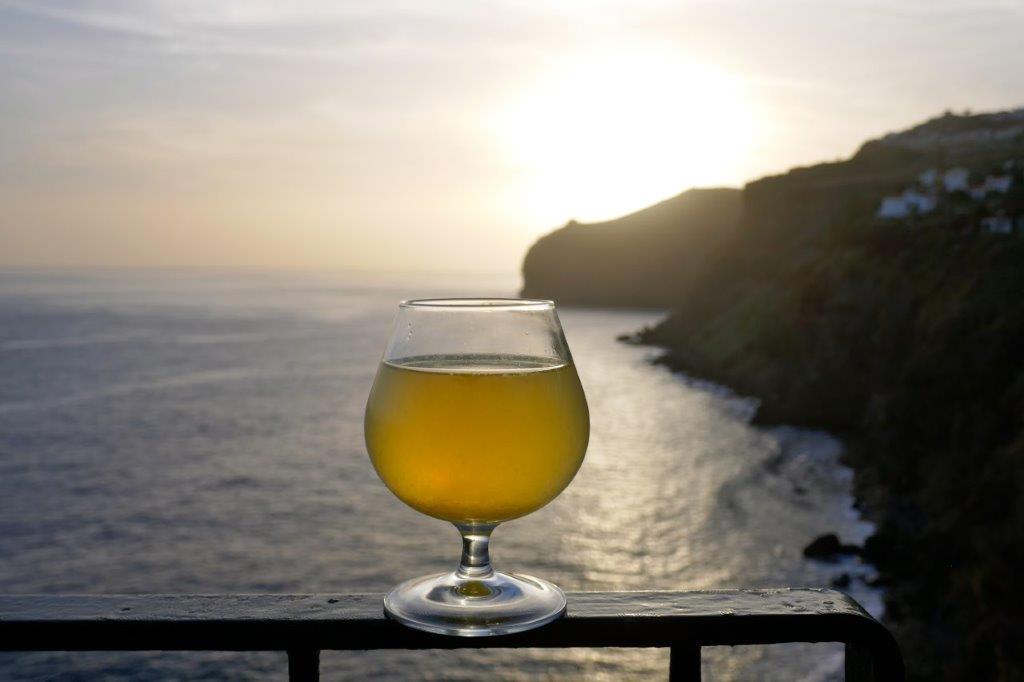
Drink Poncha
Both a traditional alcohol drink and alternative medicine, Poncha (“punch”), was traditionally drunk by fisherman to ward off the common cold and other sicknesses (an indication of its strength!). A cocktail of rum, lemon and honey and as exclusive to the island as its wine, you will find it nowhere else than in Madeira.
Though now known and appreciated all over the island, unquestionably, its roots are firmly placed in the fishing village of Câmara de Lobos. No visit to Madeira is complete without experiencing a very potent and rather moreish Poncha, and I don’t believe you will find a bar on the island that doesn’t sell it.
Today, there are many versions of the original, including passion fruit, tangerine or orange. In traditional establishments, the cocktail is paired with monkey nuts and shell discarded on the floor.
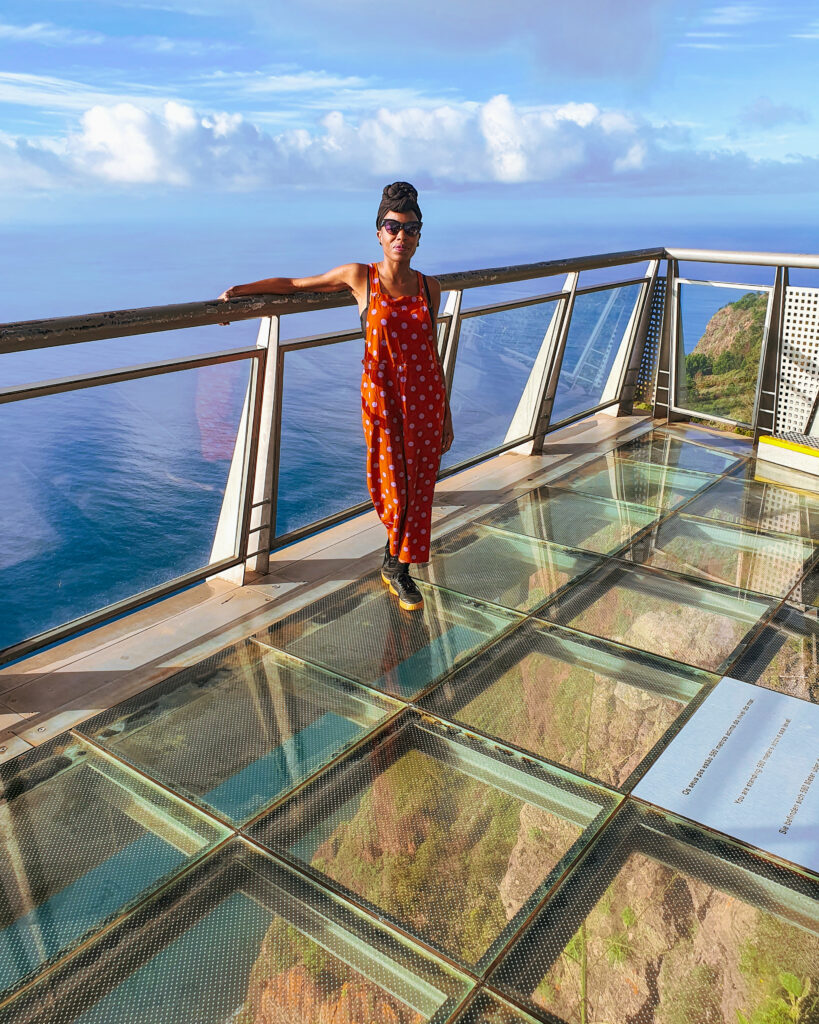
Cabo Girão Skywalk
This sea cliff, measured at 580 metres above sea level, is considered to be one of Madeira’s most terrifying tourist attractions and is one of the highest viewpoints in the world.
Weather permitting, the skywalk platform offers endless panoramic views over the sea, coast and city, with the glass floor adding an extra dimension.
Visitors can enjoy the view from the gallery if you are too scared prefer not to step onto the skywalk, but whether you choose to do so, or simply observe the trepidation of those that do, it’s a must-see.
Top tip: don’t look down before stepping on.
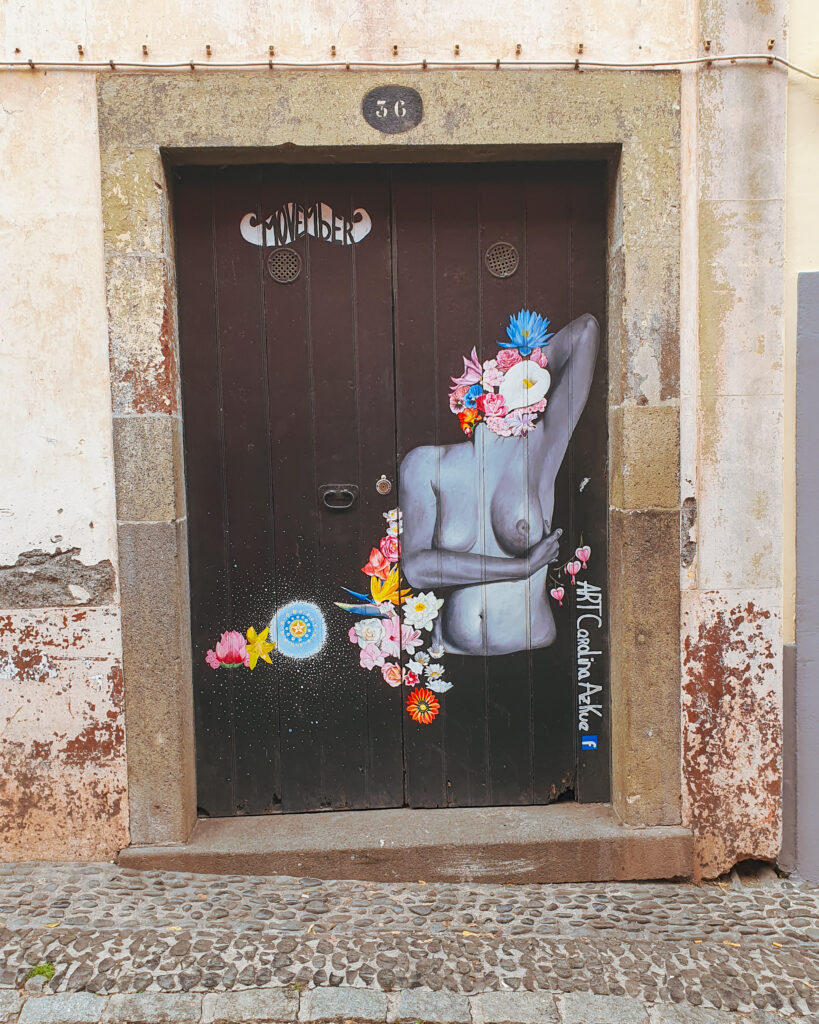
Visit Old Town
The black and white mosaic patterned streets of “Zona Velha” (old town) displays interesting architecture and some of Madeira’s best restaurants and bars.
The labyrinth of narrow cobbled streets is akin to many old towns. However, the brightly painted artistic doors (“Arte de Portas Abertas”) running throughout the streets of Santa Maria transforms the timeworn houses, adding colour and vitality to the aged town.
Also, if you like thrifting, check out the flea market for some old gems.
If staying outside of Funchal, taxis are readily available, and buses run from early morning until late evening.
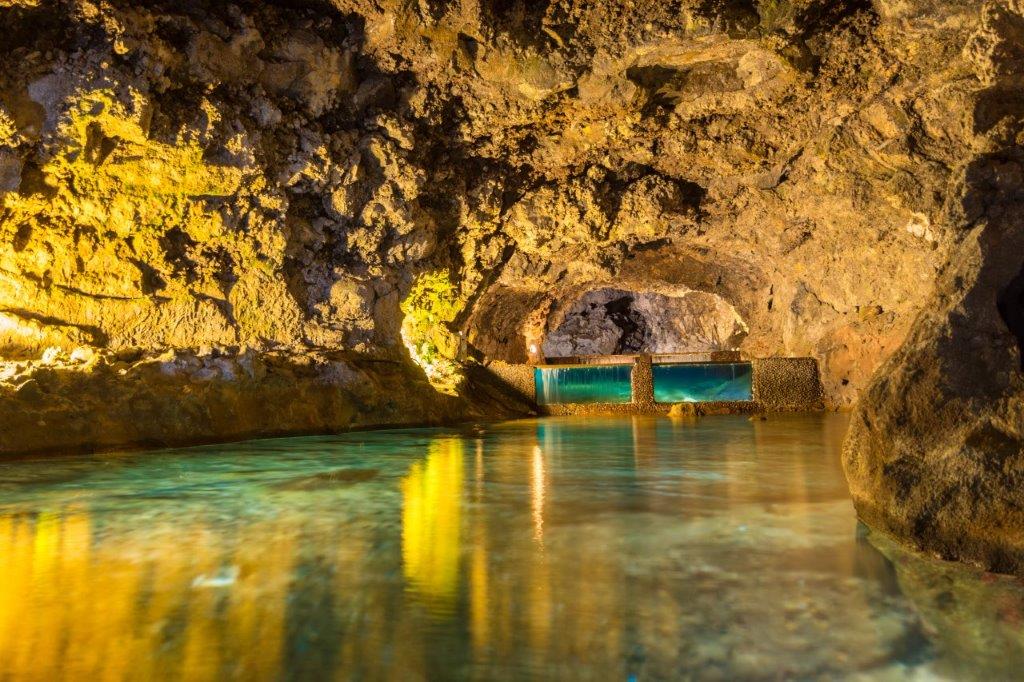
São Vicente Caves
Finally, learn about the geological past of Madeira with a visit to São Vicente Caves. The network of underground lava tubes was formed 890,000 years ago by a volcanic eruption. The tour reveals a fascinating complex of caves displaying how molten lava ran through the tunnels that now remain.
After the tour, visitors can learn the history of the formation of the Madeiran islands in the Volcanism Centre.


